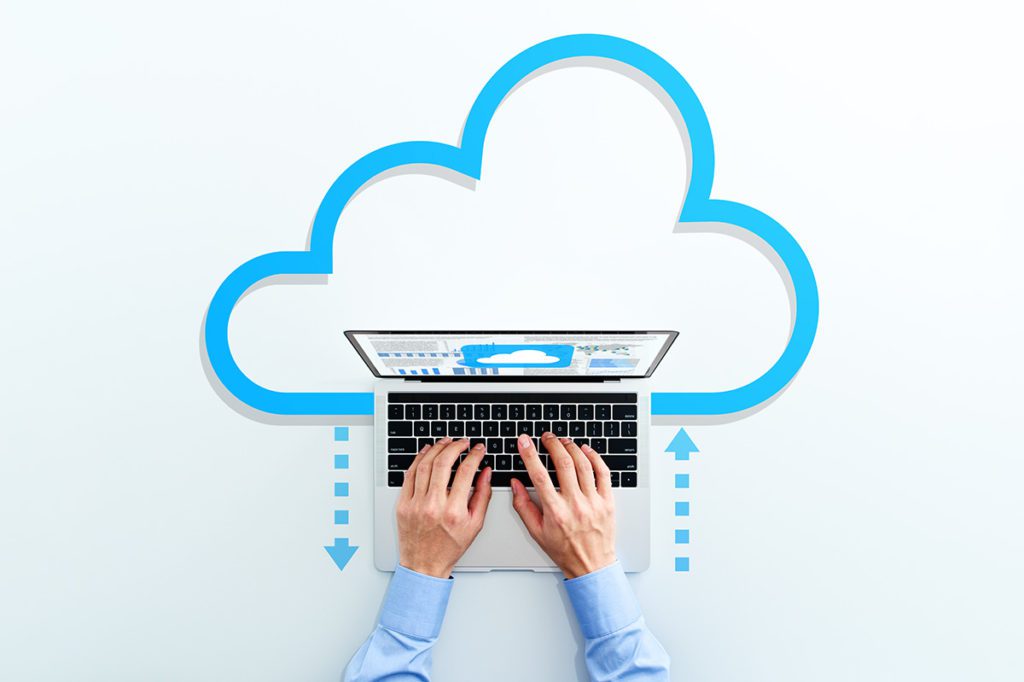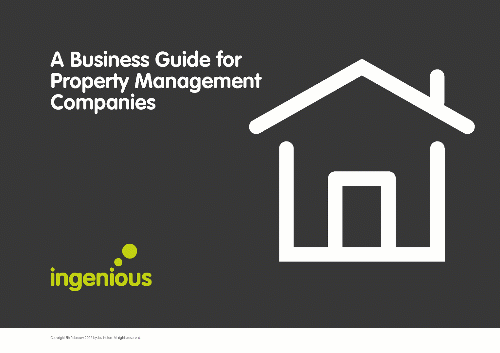
Introduction
Keeping your business costs down without sacrificing quality or damaging your brand reputation isn’t always as simple as it sounds. Customer-orientated industries such as property management should be extra vigilant to cost-cutting exercises as it can too easily result in lost business and revenue.
This post aims to provide some easy-to-action activities on cutting costs without damaging your service offering by steering the focus onto technology and your IT structure.
At a minimum your IT provider should undertake an bi-annual call/conference with you to discuss your business goals and objectives for the year. This clarifies and creates a structured view of how to meet those goals best.
If you don’t receive this service from your managed IT provider, request it! They will be vital to driving digital changes that could cut your costs significantly.
Consider the following tips as a good place to start.
This post is an exerpt taken from our Business Guide for Property Management companies. You can download your free copy of the guide by clicking the link below.
Move to Cloud Solutions
It has been well documented how covid has changed employee work patterns. A boom in remote working or flexible work heaped various pressures on business owners to review their IT solutions to secure their network via remote access.
Enter the Cloud!
Remote working and all the flexibility are (almost) perfectly aligned with the principles behind Cloud computing. The past two years have essential rendered server as history.
Cloud services are an OpEx (more below), but the main advantage is in the economies of scale and sharing data resources with multiple other companies.
There are significant cost savings on things like Microsoft 365 vs owning and running your servers. It is also possible to rent virtual servers and other aaS (as a service) offerings with the incredibly useful scalability, high availability, and licensing benefits they bring.
By moving to the Cloud, you should be able to see savings in some (if not all) of the following:
- Hardware and software costs
- Labour costs
- Maintenance costs
- Employee productivity
Moving to the Cloud embraces change; you should ensure all elements of your business model interlinks with digital to maximise the benefits of the Cloud.

94% of enterprises already use a cloud service.
Flexera
Other Service / Rental Options
Renting is an OpEx, i.e. it comes directly off your income to leave you profits (hopefully!). OpEx used to be preferable to CapEx due to an instant tax offset vs assets being written down over time against profits.
This is no longer strictly true due to the 100% Annual Investment Allowance and now 130% Super-Deduction (see below) on computers, equipment, and servers. The decision now comes down to how expensive the service is vs a large capital outlay on buying it.
Combine Software Packages
Every business uses software, but many companies fail to recognise they are paying too much for software. Why? In many cases, enterprises overlook functions available on software packages and instead use multiple suppliers at an inflated monthly price.
The best example we can give is Microsoft 365. You know what you are getting when you use apps such as Teams, Outlook, PowerPoint, OneNote, or OneDrive. But do you use Planner, Flow, Sway, or Whiteboard?
Almost all these apps provide a feature you will use another app for, but at what cost?
Put simply, you should audit all the tools you use and see how many of these now include functions you are paying for elsewhere. Once you have a complete list, see how many have overlapping modules.
Use technology to free up more of your employees’ time. More time will result in increased revenue.
Note: A common objective we receive from this tip is the time and effort to retrain employees to use new software.
If you would consider change, but feel the above is relevant to your business, don’t give up just yet. Technology has changed, and many software companies are fighting for the same business. Their support services generally include a walk-through or introduction on how to get the best out of their systems.
Training videos or one-to-one tutoring is available with almost every software package.

Microsoft Office 365 witnessed a 21% rise
in usage to 258 million users in 2020
Statista
130% Super-Deduction Tax Relief
This is the government’s way to help and support businesses with an attractive tax incentive.
Typically, this is 100%, but there is a super-deduction incentive on all ‘plants and machinery in place until March 2023. This includes computer equipment and servers.
Essentially this means for every £1 spent; you have a £1.30 write-off against income, i.e., you will pay no Corporation Tax on company profits on an additional 30% of the expenditure. You pay no tax on the purchase as it is fully written off as an expense.
The government guidance on the super dedication states:
From 1 April 2021 until 31 March 2023, companies investing in qualifying new plant and machinery assets will be able to claim:
- A 130% super-deduction capital allowance on qualifying plant and machinery investments
- A 50% first-year allowance for qualifying special rate assets
For more information we strongly suggest reading the government website (if you haven’t already). See Super-deduction GOV.UK.
You can also find a super-deduction calculator here: Super-Deduction Calculator.
Recap Points
The above is a matter of preference and how you run your business. It is hard to buck against the pull of services/rental vs buying and owning equipment.
The cash-flow benefits are clear. However, there are exceptions to the rule; sometimes, third parties charge exorbitant amounts for cloud services such as SAP and CRM systems that work out far cheaper if you run them on your physical servers.
To complicate things further, you can rent virtual servers in data centres as an OpEx. The answer is to get a decent technology partner to help you assess all the options’ pros and cons and explore the costs vs the benefits.


